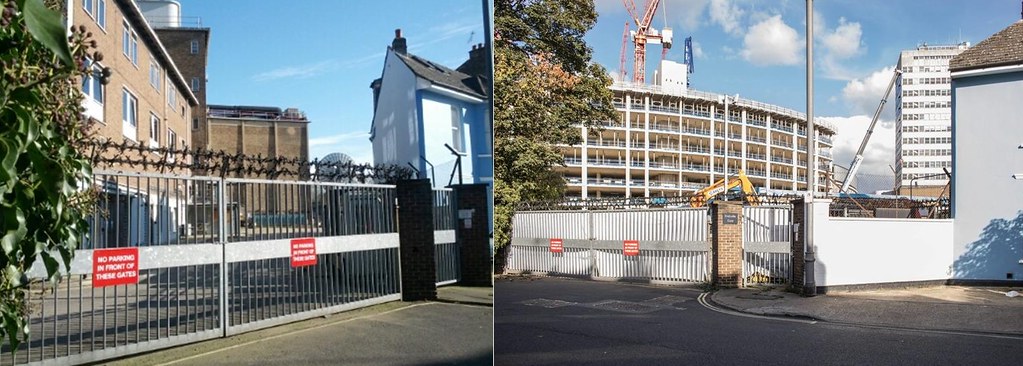TT
ttt
I refer back about 5 years ago, I hope things have changed for the better in this respect in the intervening period.
I've seen some very poor IT wiring standards, seems to derive from the network 'flood wiring' philosophy. Broadcast wiring standards derive from very tight legacy of GPO/BBC/MOD. You can't afford to have sloppy wiring practice in the broadcast world, so IT standards have been raised ( mostly by being adopted by 'broadcast ')
This really only applies to closet switches in branch offices really (and such places do still tend to be an utter mess, mostly due to low-skilled technicians being given half a description for a given task). Modern managed services/ISP/cloud type providers are dealing with complex, shared platforms, where an error in one part of the infrastructure can have catastrophic consequences for multiple customers. Sloppiness is very much something that cannot be tolerated in such an environment; all it takes is one cable to be run to the wrong port, and depending on the configuration the entire DC (and in some cases, multiple sites) can be brought to a halt.
